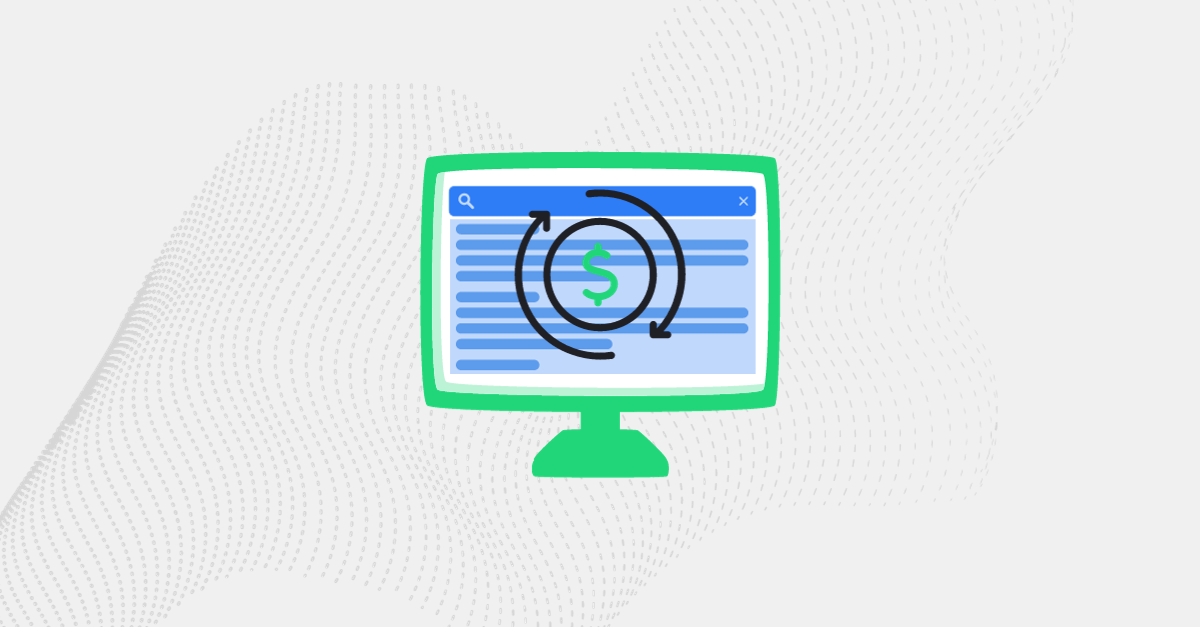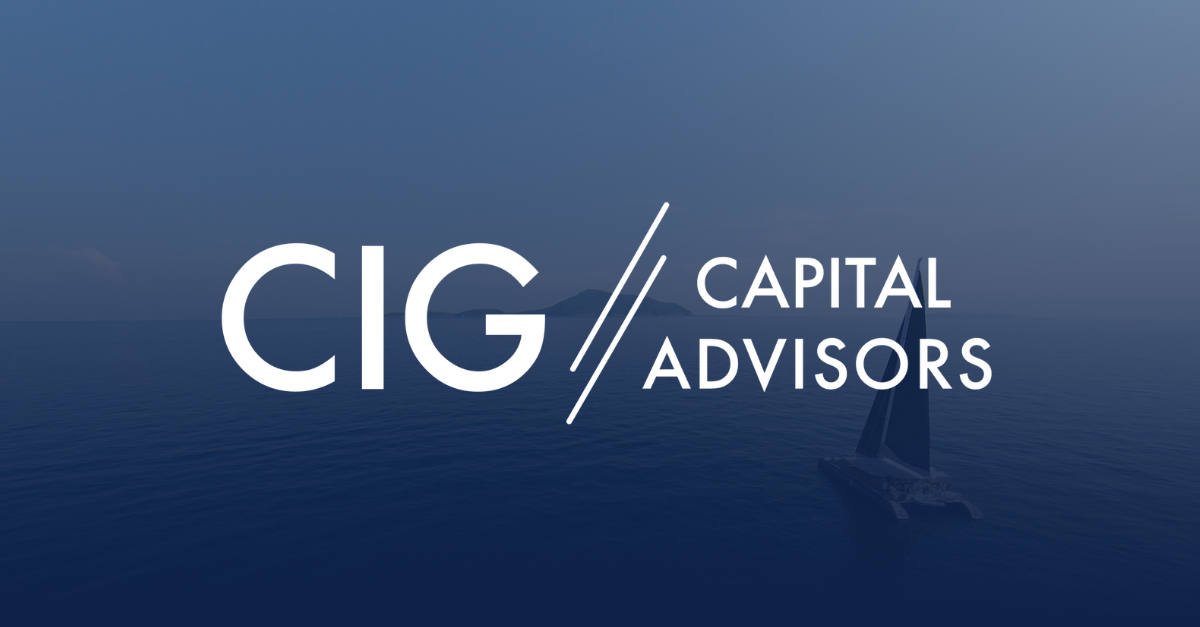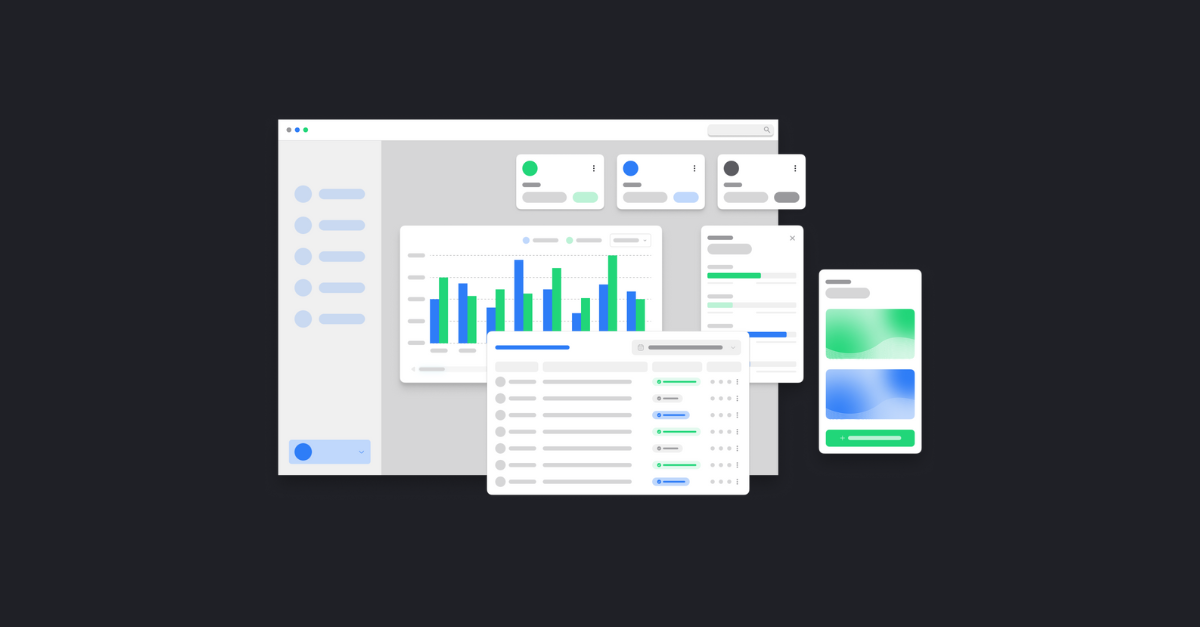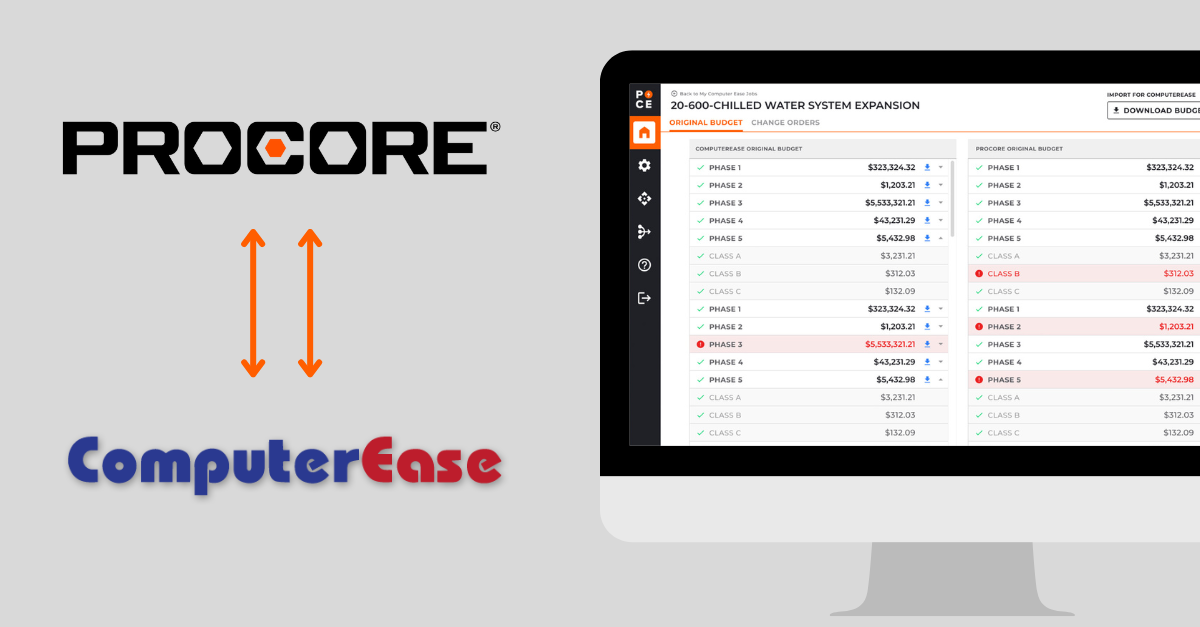A well-crafted website is the linchpin of any successful online presence. It’s the virtual storefront that greets potential customers and the platform that keeps them engaged. Yet, the question of web design costs often looms large. Web design costs vary significantly, leaving many wondering what drives these disparities. In this blog, we’ll delve into the intricate world of web design costs and explore the factors that influence them.
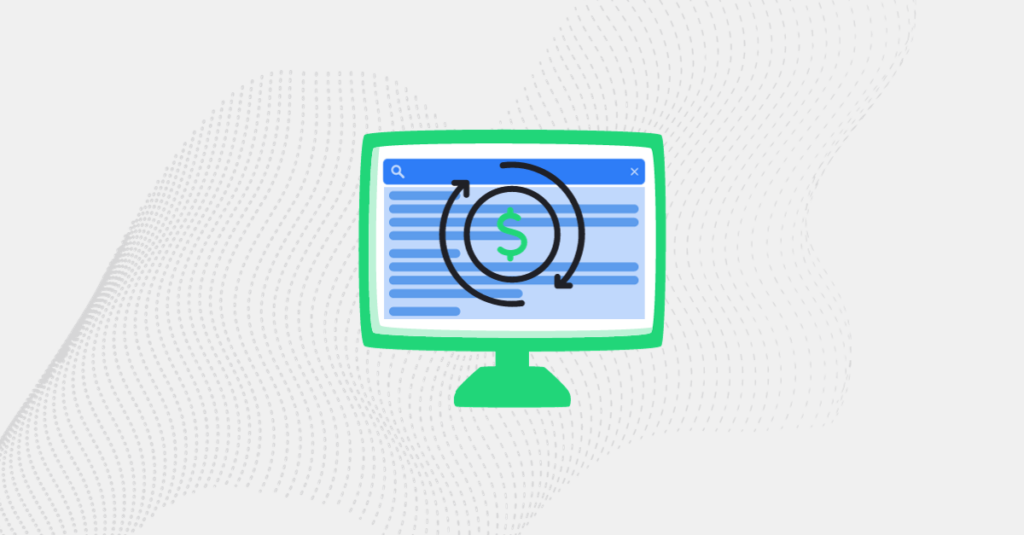
1. Complexity of Design
The complexity of your website’s design is the most obvious factor affecting costs. A simple, straightforward design with minimal graphics and functionality will generally cost less than a complex, visually rich design with intricate animations and interactive features. The more complex the design, the more time and expertise are required, leading to higher costs.
2. Customization
Customization is the cornerstone of web design. Off-the-shelf templates are cost-effective but offer limited flexibility. If you require a unique, tailored website that aligns perfectly with your brand identity. Custom design involves hours of brainstorming, coding, and fine-tuning to bring your vision to life.
3. Website Functionality
The functionality of your website is another major cost determinant. Basic websites with static content and minimal interactivity are less expensive to develop than dynamic sites with databases, user accounts, e-commerce capabilities, or complex web applications. Each added feature requires additional development time and expertise.
4. Content Management System (CMS)
Choosing the right Content Management System can affect both the upfront and ongoing costs of your website. Popular CMS options like WordPress offer many features and plugins but may require more customization. Proprietary CMS solutions are often more costly upfront but can streamline ongoing maintenance and updates.
5. Responsive Design
In the mobile-centric world we live in, ensuring your website is responsive, meaning it adapts seamlessly to various screen sizes and devices, is crucial. This extra layer of coding adds to the overall cost but is essential for providing a great user experience.
6. Graphic and Multimedia Elements
Eye-catching visuals, high-quality images, videos, and animations enhance user engagement. However, they can also inflate the cost of web design. Sourcing or creating these elements, optimizing them for the web, and integrating them into your site can be time-consuming and costly.
7. SEO Optimization
Search Engine Optimization (SEO) is vital for online visibility. Integrating SEO strategies during the design phase can help your website rank higher in search engine results. However, this requires additional research and planning, which may increase costs.
8. Content Creation
While the design itself is crucial, the content on your website is equally important. Developing high-quality, relevant content takes time and expertise. Depending on your content needs, you may need to hire copywriters, photographers, or videographers. A digital marketing company can help with all of these services.
9. Maintenance and Updates
The costs don’t stop after the initial launch. Websites require regular maintenance, updates, and security checks to remain functional and secure. Be sure to factor in ongoing costs when budgeting for your web design project.
10. Developer Expertise
The skill and experience of your web developer can significantly impact the cost. Highly skilled developers may charge more for their expertise, but their ability to deliver a polished, efficient website can be well worth the investment.
Web Design with SPARK Business Works
Web design costs are not one-size-fits-all. They depend on many factors, from design complexity and functionality to customization and ongoing maintenance. Understanding these factors will help you make informed decisions about your web design project, ensuring you receive a website that meets your needs and budget.
Ultimately, the cost of web design is an investment in your online presence, and it’s essential to strike a balance between your vision and your budget. By carefully considering these factors and working closely with your web designer, you can create a website that effectively represents your brand and achieves your online goals.

